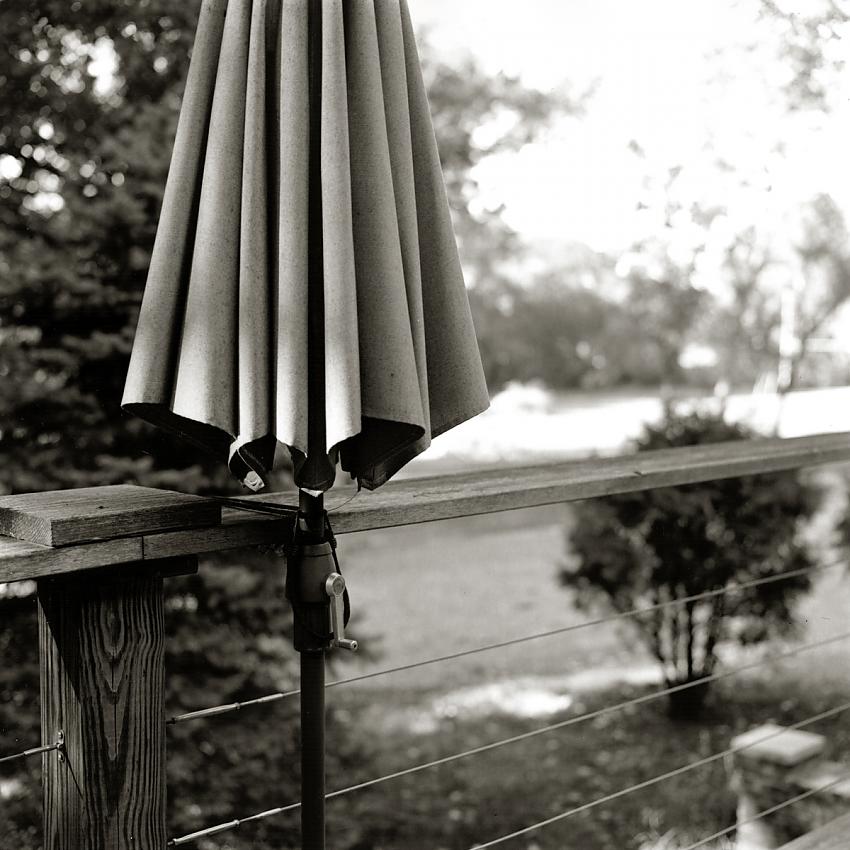deck umbrella
-
A
- jstraw
- Location
- Topeka, KS
- Equipment Used
- Bronica SQA/80mm f2,8
- Exposure
- don't recall
- Film & Developer
- Fp4+/ EI80/Pyrocat MC 1.5:1:200
- Paper & Developer
- Arista EDU FB/Liquidol 1:9
- Lens Filter
- Grade 2
| Photrio.com contains affiliate links to products. We may receive a commission for purchases made through these links. To read our full affiliate disclosure statement please click Here. |
PHOTRIO PARTNERS EQUALLY FUNDING OUR COMMUNITY:  |







